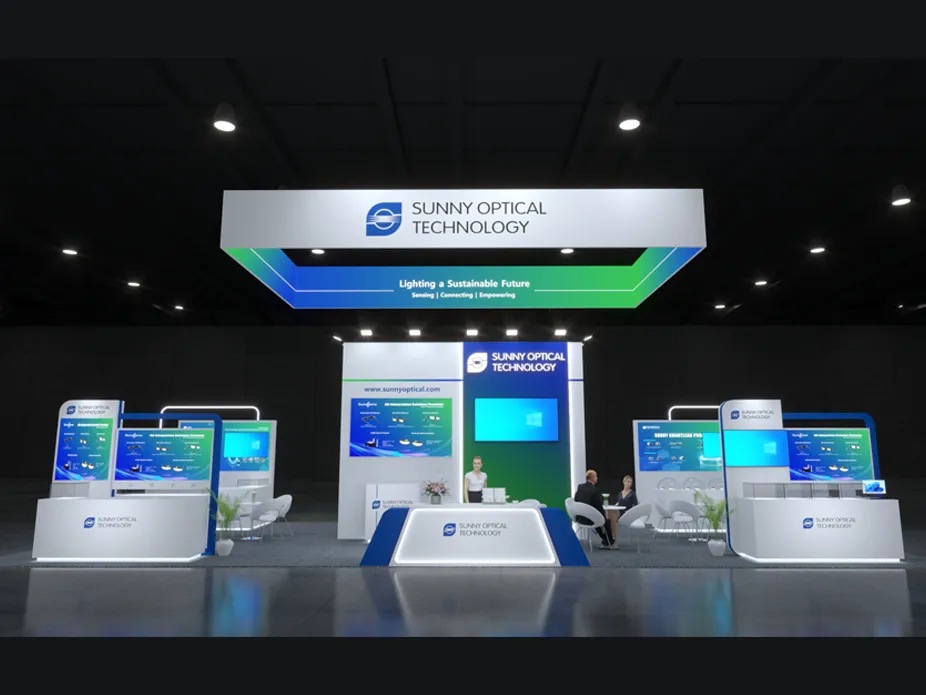In recent years, as vehicles become smarter, car companies are upgrading from low-level to high-level autonomous driving. Autonomous driving will demand higher requirements for active safety functions such as vehicle safety, pedestrian safety, and driver monitoring, and the penetration of ADAS will inevitably increase.
The number of automobile lens in each model is increasing. But basically, there will be at least one ADAS camera lens front view and four panoramic cameras. If it is coupled with the increasing emphasis on driver monitoring cameras in recent years, it can be foreseen that at least 6 cameras will be needed for automobiles in the future, with enormous market potential.
Compared with consumer electronic cameras, the working environment of car cameras is extremely harsh, such as vibration, high temperature, rain and fog, low temperature, and severe light changes. For the purpose of driving safety, automobile lens need to obtain stable, reliable, and clear ambient data under these various working conditions.
Therefore, with the advancement of automotive technology, the relevant performance requirements of in-car cameras will become increasingly stringent. The airborne camera must be able to operate continuously in an environment of -40℃ to 85℃, without being affected by moisture, magnetism, or shock, and the lifespan must reach 8-10 years. In addition, for safety reasons, even in the event of a short power outage, car cameras need to work.
In addition, high dynamic range, night vision, LED flicker suppression, and other functions will continue to proliferate.
Currently, the functional requirements for automobile lens include the following performance: in-car cameras often need to have night vision function, which can suppress the noise of low-luminance photography and still perform well in low-light conditions. The horizontal viewing angle should be extended to 25° to 135° to achieve wide-angle and high-resolution imaging around the image.
As vehicles become more intelligent and evolve, automobile lens need to quickly perceive and deeply recognize the environment around the vehicle. Automobile lens need to achieve the effect of depth measurement while interpreting environmental information. As the mainstream technology solution of 3D sensing, structured light and TOF technology have become the focus of technology research for various automobile lens manufacturers.
Currently, 3D sensing technology is mainly used in the cockpit, for example, driver monitoring systems have been increasingly emphasized in recent years.
In addition, facial recognition can identify the driver's identity, and the cockpit can be adjusted according to personal habits and even achieve anti-theft functions.

【Exhibition Invitation】Visit us at CES 2026!
2025-12-10

Sunny Optical Gets Group LiDAR Standard Approved, Using Innovative Optical Solutions to Unlock Key Step in Mass Production
2025-11-25
![[Exhibition Invitation] Sunny Automotive Optech Invites You to the 26th China International Optoelectronic Exposition (CIOE 2025) [Exhibition Invitation] Sunny Automotive Optech Invites You to the 26th China International Optoelectronic Exposition (CIOE 2025)](/uploads/image/20250908/首图7.webp)
[Exhibition Invitation] Sunny Automotive Optech Invites You to the 26th China International Optoelectronic Exposition (CIOE 2025)
2025-09-08

Inquiry
Excellent Customer Service Ability
Key customer manager mechanism
Oversea supporting points
Excellent Process Control Ability
Fully automated production
DMC traceability management
VDA6.3 / IATF16949 verifications
Excellent R&D Ability
Advanced technology new product development cooperation
Cost-effective optical solution proposal based on customer needs
Ecosystem resource integration